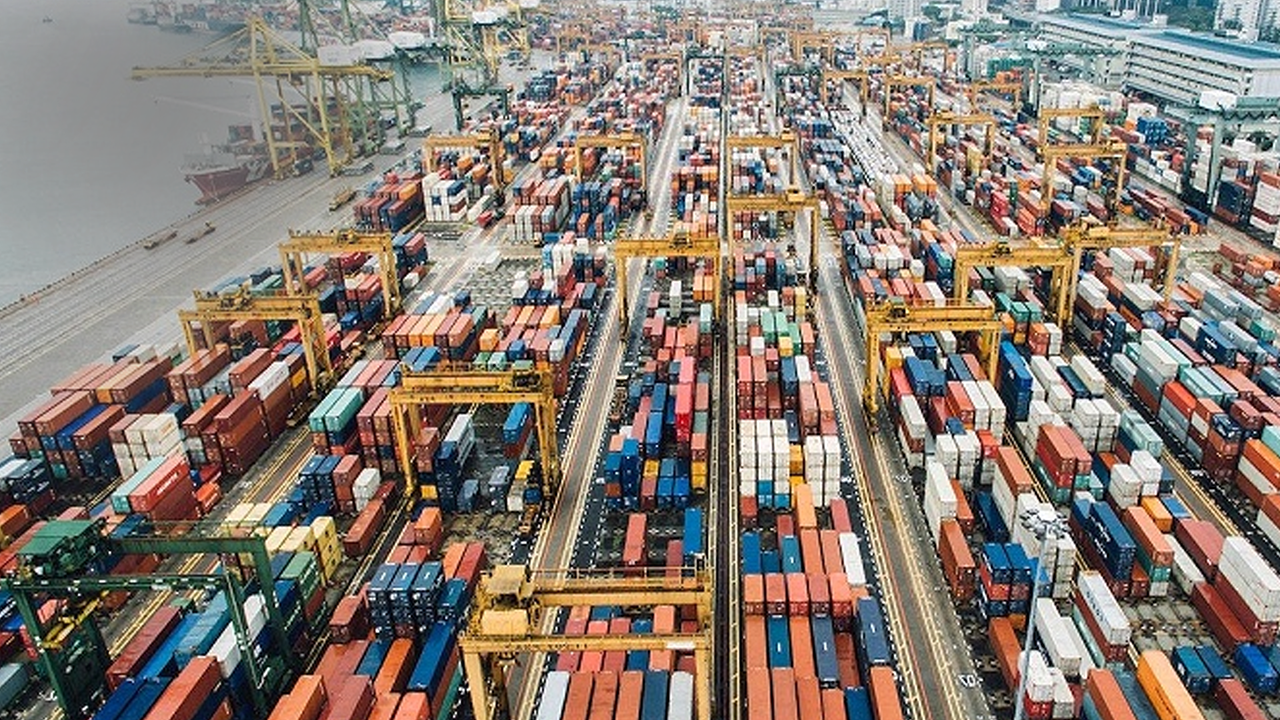
India’s Trade Gap Widens to $27.35 Billion in July Amid Push for Diversified Export Markets
India’s trade deficit hit $27.35 billion in July, its widest in over a year, as the government ramps up efforts to diversify export and import markets.
India’s merchandise trade deficit surged to $27.35 billion in July, sharply higher than the $18.78 billion recorded in June and exceeding the $23.5 billion gap from the same month last year, according to data released by the commerce ministry on Thursday (August 14).
Exports of goods in July stood at $37.24 billion, while imports reached $64.59 billion, reflecting a widening imbalance even as the government maintains that overall trade performance remains resilient compared to global trends.
“Despite an uncertain global policy environment, India’s services and merchandise exports in July and in FY26 so far have grown substantially, and much higher than global export growth,” Commerce Secretary Sunil Barthwal said.
Engineering goods, electronics, pharmaceuticals, organic and inorganic chemicals, as well as gems and jewellery, were among the key contributors to outbound shipments last month.
Barthwal emphasised that New Delhi is accelerating efforts to reduce its reliance on a handful of markets — particularly the United States, which has recently imposed steep tariffs on certain Indian goods.
To address this, the government is moving to fast-track free trade agreement negotiations and review existing pacts with partners including the EU, UK, EFTA, Oman, ASEAN, New Zealand, Peru, and Chile.
In addition to securing new trade arrangements, Barthwal said the government aims to strengthen export promotion schemes and diversify import sources to mitigate supply risks.
“Expanding focus to the top 50 importing nations via mobilisation of missions abroad for export promotion efforts,” he noted, signalling an expanded diplomatic-commercial outreach.
The widening deficit underscores the twin challenge India faces: sustaining export momentum while curbing dependency on limited trade partners, even as global demand patterns remain volatile.
